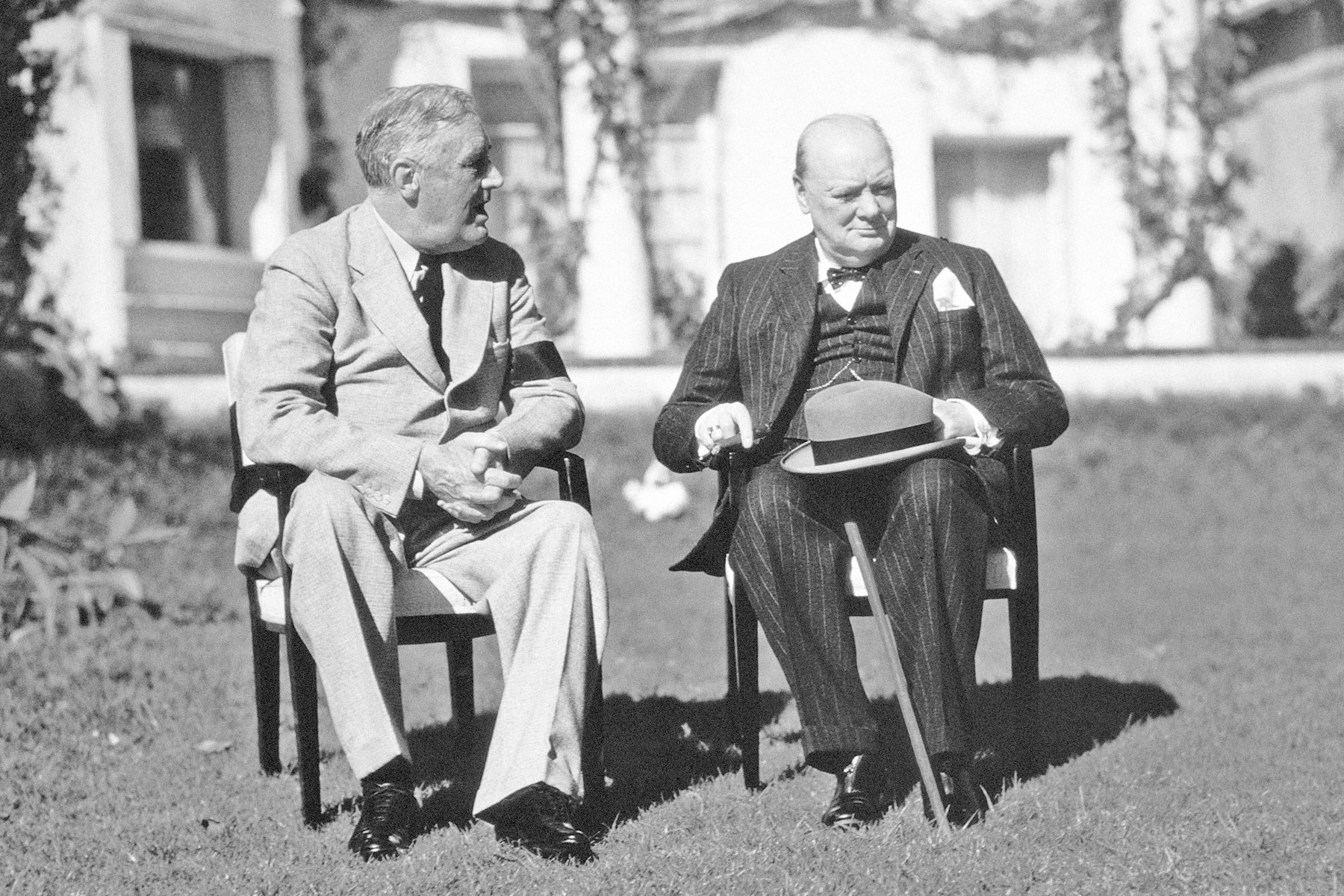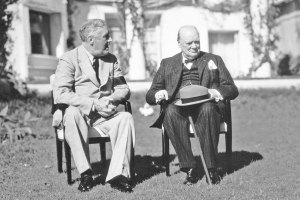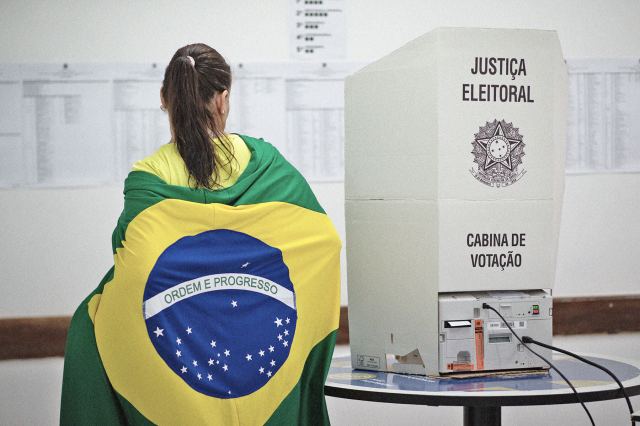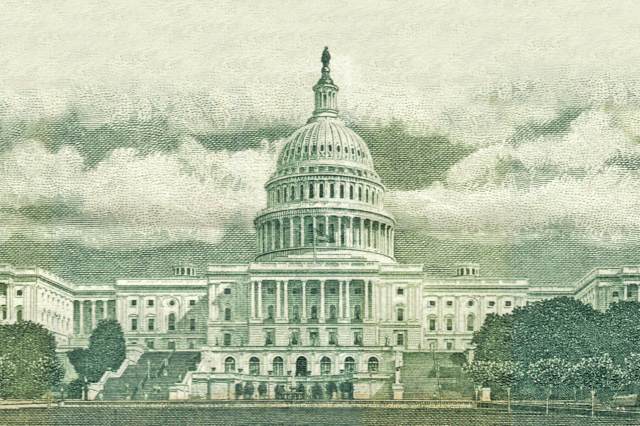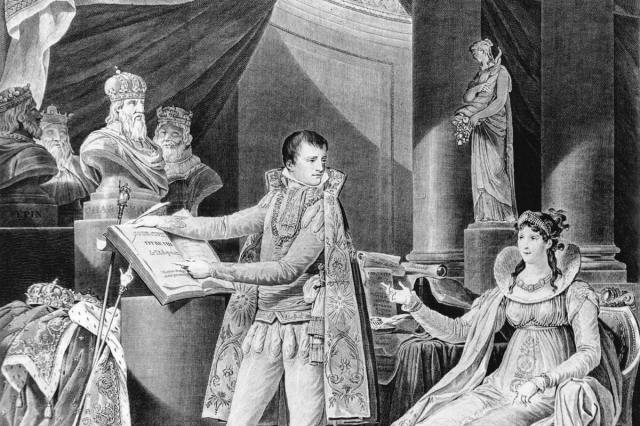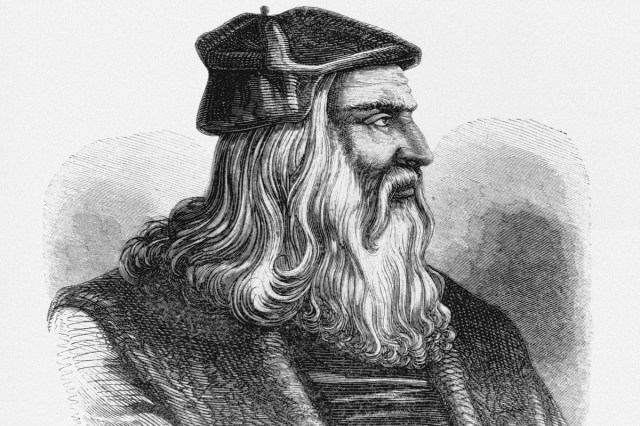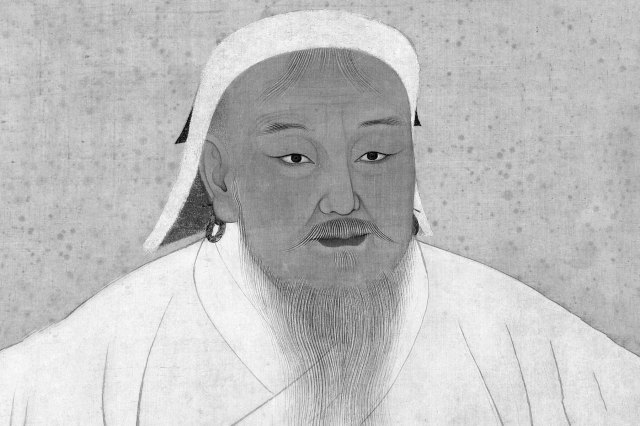What’s the Difference Between a President and a Prime Minister?
Governments have played a crucial role in human history for thousands of years. Their structure has evolved significantly over time, and while modern political systems vary, many countries now are led by either a president or a prime minister. Though the core roles of these high-ranking officials are fundamentally similar, there are several distinctions between the two positions, including the types of governments they represent, how they are elected, how long they keep their title, and their specific powers.
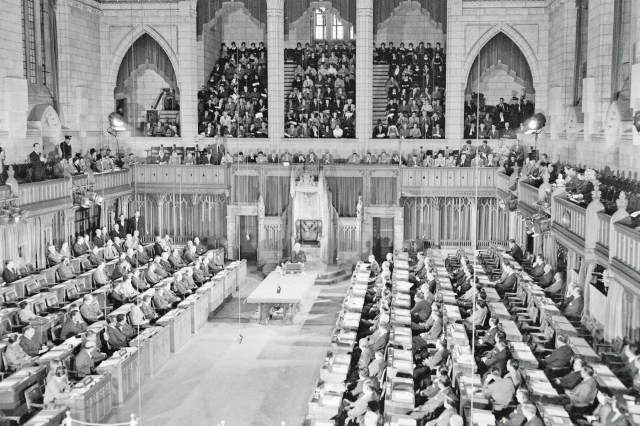
Head of State vs. Head of Government
A president is almost always the head of state as well as the head of government — not only do they participate in policymaking, but they also may oversee the military and represent the nation diplomatically. A prime minister, meanwhile, is typically the head of government, and while they’re often the most recognizable figurehead of a country, a separate individual serves as the head of state.
In a parliamentary system, the prime minister works closely with the legislative body, Parliament, and must maintain its confidence to stay in power. In constitutional monarchies, such as Canada, the U.K., and Japan, the PM leads Parliament while the head of state may be a king, queen, or emperor. Other countries have both a president and a prime minister. For instance, in parliamentary republics such as Finland and India, a president serves as the head of state and a prime minister governs. A semi-presidential system, such as in France, also has both a president and a prime minister, but the president typically holds significant power.
In countries where the president is also the head of government, such as the U.S., the role includes several executive duties: enacting and enforcing the laws created by Congress, negotiating treaties, appointing Cabinet members and judges, and deploying military forces. A prime minister, meanwhile, also leads their country’s government, overseeing the federal agenda, directing policy development and decisions, and choosing Cabinet members who will carry out the work. Even though a PM is not an official head of state, they often undertake diplomatic functions as a prominent representative of the country.





